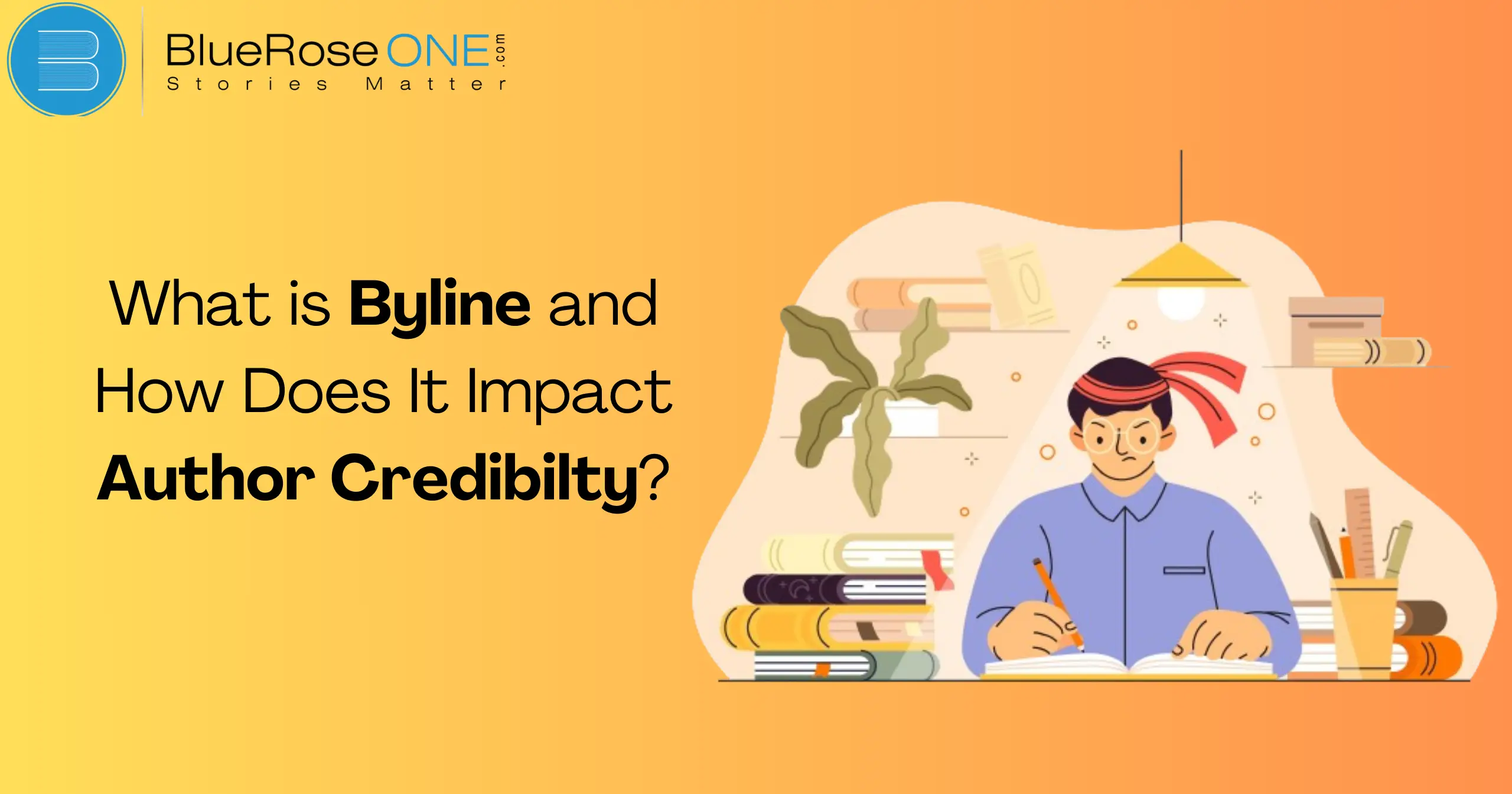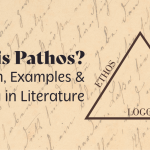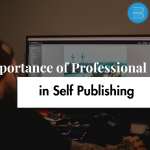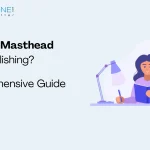A byline is very important in the writing business, be it blogging, journalism, or book publication. However, what is a byline exactly, and why is it relevant to writers? Let’s examine the nuances of a byline and how an author’s trustworthiness is affected by it.
What is a Byline?
Historical Background
A byline is a line in an article that names the author. Traditionally, bylines have been used in newspapers and magazines to credit the writer of a piece. The concept originated in the 19th century, providing a way for authors to receive recognition for their work.
You may also like: 5 Affordable Tools for Easy Book Formatting and Design
Evolution of Byline in Journalism
The way bylines are used has changed over time. They were rare at first, mostly reserved for opinion pieces or special reports. Bylines are now a commonplace feature in practically all written content on a variety of media platforms.
The Structure of a Byline
Typical Components
Three things usually make up a byline: the name of the author, the publication date, and occasionally a short bio or qualifications. It is essential to include the author’s name because it acknowledges the writer and increases their legitimacy.
The information’s release date aids readers in comprehending the information’s relevance and context. A brief biography can add to the reader’s understanding of the author’s experience and credentials. When combined, these components give a byline impact.
Positioning in Articles
A byline is usually positioned immediately beneath the article’s headline. The author’s name is typically included, along with perhaps their title or qualifications.
By placing the author’s name prominently, readers are certain to know who produced the article right away, demonstrating their authority and ownership of the content.
Bylines also improve transparency by enabling readers to learn more about the author’s experience and credentials, which can have a big influence on how reliable the content is seen.
You may also like: Foreword vs Preface: Know the Difference
Importance of a Byline for Authors
Establishing Credibility
For writers, building credibility is essential, and a byline helps a lot with that. A byline, which is the name of the author placed beside their work, lets readers know that the information is reliable and supported by a real person.
It contributes to the author’s increased authority and reputation in their industry. By routinely utilizing a byline, writers can position themselves as trustworthy sources and encourage audience awareness.
Building a Professional Brand
For authors, developing a professional identity is essential, and a byline is a big part of that process. An article’s byline, which is the author’s name at the start or finish, lends authority and notoriety.
It makes it possible for readers to identify the author with the content, which fosters audience loyalty. A byline can also improve an author’s portfolio, which will help them get additional writing opportunities and progress their profession.
You may also like: 10 Must-Read Kindle Unlimited Titles You Can’t Miss
Byline vs. Ghostwriting
Key Differences
Ghostwriting and bylining are very different. An acknowledgement byline increases the author’s visibility and authority. On the other hand, ghostwriting is creating articles under someone else’s name without giving them credit in public.
An author’s reputation and portfolio are enhanced by a byline, whereas ghostwriters stay nameless in exchange for more compensation. In the writing industry, these roles have varying effects on an author’s career path and level of public recognition.
When to Choose Each
Think about your objectives while choosing between ghostwriting and a byline. If you want to establish your reputation and get noticed for your work, a byline is perfect.
It increases your visibility and credibility by adding your name to the article. Conversely, ghostwriting is best suited for people who would rather work in the background or write for clients who wish to claim authorship. Choose a byline to improve your credibility in the workplace.
You may also read: List of Nobel Prize Winners in India (Updated)
Impact of Byline on Author Credibility
Reader Trust and Engagement
Trust and engagement among readers are greatly impacted by a byline. Readers are more likely to accept and believe an author when they see a byline, which establishes legitimacy.
Readers can relate to the author’s experience and viewpoint by knowing who penned the piece. Readers are more likely to remark, share, and come back for more content when there is a connection between them and the article. As a result, a distinct byline increases reader loyalty while also establishing author legitimacy.
Professional Recognition
The professional recognition of an author is greatly enhanced by a byline. A byline establishes the author’s authority and credibility in their profession by linking their name to their work.
Additional chances, such speaking engagements, writing assignments, and collaborations, may arise as a result of this recognition.
Bylines serve as a sign of trust, demonstrating to readers and business professionals the author’s dependability as a knowledgeable and insightful source. In the end, a byline aids in the development of writers’ reputations and careers.
You may also like: HEA Meaning in Books, Texts, and Pop Culture Explained
Byline in Different Types of Publications
Newspaper
A byline in a newspaper tells readers who wrote the piece and is an essential component. It usually shows up immediately beneath the headline at the start of an article.
By attributing the work to a particular journalist, the byline enhances the author’s credibility and gives readers confidence in the accuracy of the information provided.
In addition to providing recognition, a byline helps a writer establish a professional reputation in the journalism industry.
Magazines
A byline in a magazine is essential since it identifies the writer of the piece, provides credit, and establishes the writer’s authority. It usually appears beneath the headline and occasionally has a little autobiography of the author attached.
A byline aids readers in identifying reputable contributors and comprehending their level of experience. In magazines, where preserving credibility is crucial for reader trust and engagement, this transparency is crucial. Therefore, the author’s perceived authority is greatly impacted by the byline.
Online Blogs
A byline is essential for building author reputation in online blogs. Usually, it contains the name of the author along with perhaps their qualifications or connections.
This makes it easier for readers to determine the author of the information and gauge their level of competence. A blog’s credibility can be increased with a clear byline, which increases the likelihood that visitors will appreciate and interact with the content. As a result, a clear byline enhances the blog’s trustworthiness overall and gives credit to the writer in online blogs.
You may also read: List of Top 10 Famous William Fauklner Books of All Time
Byline Etiquette
Proper Usage
To preserve professionalism and author credibility, a byline must be used correctly. The author of the content should be appropriately identified in the byline, with their name spelt and placed correctly on the piece.
Inaccurate crediting of others’ efforts or presenting false information might erode the audience’s faith in the author. Authors maintain their reputations and make sure their efforts are appropriately acknowledged by adhering to these byline etiquette guidelines.
Ethical Considerations
The ethical aspects of byline etiquette are very important. Giving credit where credit is due is ensured by having an accurate byline that identifies the genuine author of the work.
The credibility and trustworthiness of publication might be damaged by utilizing false names or bylining bylines. Important behaviors also include honoring confidentiality agreements and refraining from claiming excessive credit for teamwork. Accurate byline citation preserves the publication’s credibility while also acknowledging the author’s work.
You may also like: 10 Best Audible Titles You Should Listen To Right Now
How to Write an Effective Byline
Tips and Best Practices
- Keep it simple and professional.
- Include relevant titles or positions.
- Ensure accuracy and consistency.
Conclusion
Bylines are more than just a name under a headline. They play a crucial role in establishing author credibility, building professional brands, and enhancing reader trust. As digital media continues to evolve, the significance of bylines will only grow, making them an indispensable part of the writing world.
















